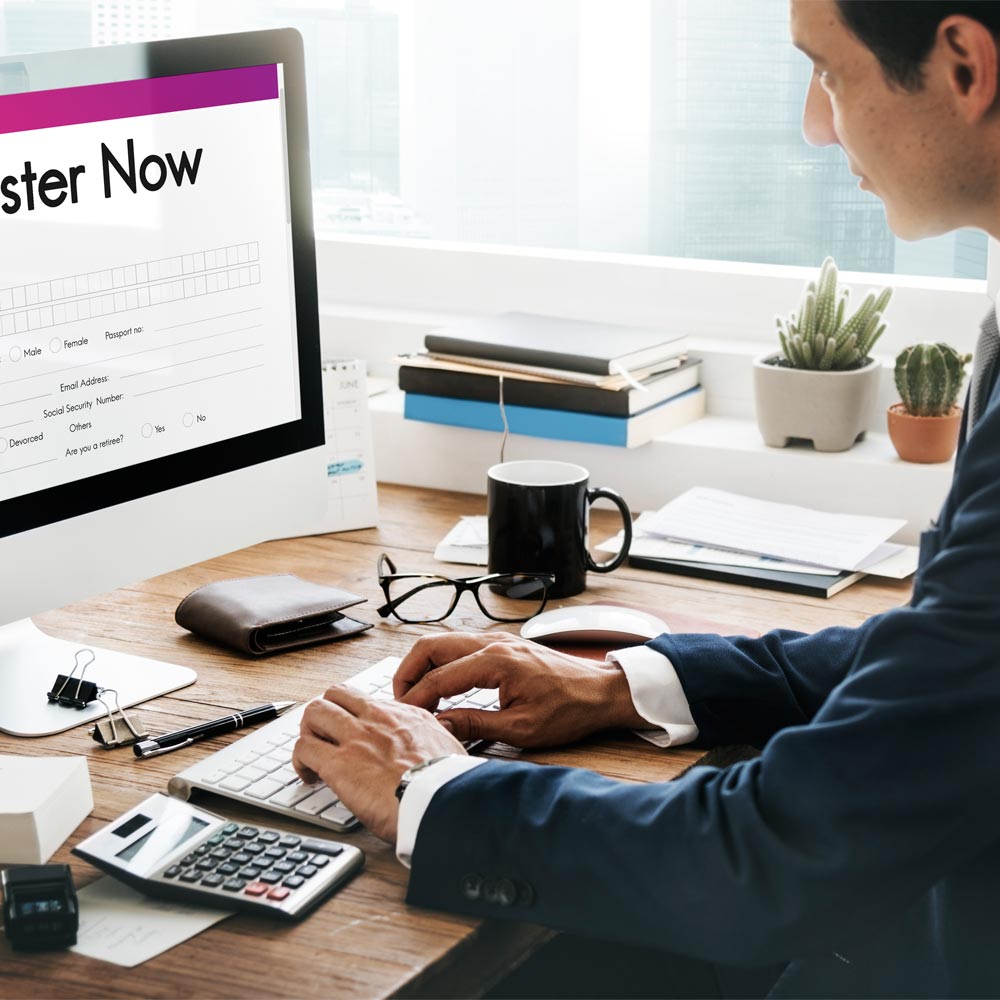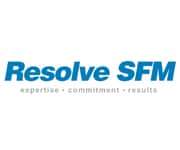Top Tips for Creating an Effective Asset Register
Creating an asset register is a crucial task for organisations to effectively manage and track their assets. An asset register provides a comprehensive record of an organisation's assets, including details such as purchase date, location, condition, and maintenance history. A well-maintained asset register can enhance operational efficiency, support financial planning, and ensure compliance with regulatory requirements. Here are some top tips for creating an asset register:
- Define the Scope and Objectives
Before starting the creation of an asset register, it's essential to define its scope and objectives. Determine which assets need to be included, such as buildings, equipment, vehicles, and IT assets. Clearly outline the purpose of the asset register, whether it's for financial reporting, maintenance management, or regulatory compliance. Having a clear scope and objectives will guide the entire process and ensure that the register meets the organisation's needs. - Categorise Assets
Categorising assets into different classes can help in organising and managing them more effectively. Common categories include fixed assets, current assets, tangible assets, and intangible assets. Within these categories, further sub-categorization can be done based on asset type, such as machinery, office equipment, and software. Categorising assets simplifies tracking and reporting, making it easier to analyse and manage asset data. - Standardize Data Collection
Consistency is key when collecting data for an asset register. Standardise the data collection process by defining the information to be recorded for each asset. Typical data points include asset name, description, location, serial number, purchase date, cost, depreciation method, maintenance history, and responsible personnel. Using standardised forms or templates can ensure that all relevant information is captured uniformly, reducing errors and omissions. - Utilise Technology
Leveraging technology can significantly streamline the creation and management of an asset register. Use computerised maintenance management systems (CMMS), enterprise resource planning (ERP) software, or dedicated asset management software to automate data collection, storage, and retrieval. These tools can also provide real-time updates, generate reports, and integrate with other organisational systems, enhancing overall efficiency and accuracy. - Conduct a Physical Audit
A physical audit is essential to verify the existence and condition of assets. Conducting a thorough inventory audit helps identify discrepancies between physical assets and recorded data. During the audit, label each asset with a unique identifier, such as a barcode or RFID tag, to facilitate tracking and future audits. This step ensures that the asset register accurately reflects the organisation's actual assets. - Implement Regular Updates and Reviews
An asset register is only valuable if it is kept up-to-date. Establish a process for regularly updating the register with new acquisitions, disposals, and changes in asset status. Periodic reviews and audits should also be conducted to ensure the accuracy and completeness of the data. Regular updates and reviews help maintain the integrity of the asset register and support informed decision-making. - Train Personnel
Properly trained personnel are crucial for the effective creation and maintenance of an asset register. Provide training to staff involved in data collection, entry, and management to ensure they understand the importance of accurate and consistent data. Training should also cover the use of any software tools and the procedures for conducting physical audits. Well-trained personnel can help maintain the quality and reliability of the asset register. - Ensure Data Security
Asset registers contain sensitive information that needs to be protected from unauthorised access and tampering. Implement robust data security measures, such as encryption, access controls, and regular backups, to safeguard the data. Ensuring data security not only protects the organisation's assets but also maintains the confidentiality and integrity of the information. - Utilise Reporting and Analytics
One of the significant advantages of an asset register is the ability to generate reports and analyze data. Utilise the reporting and analytics capabilities of your asset management software to gain insights into asset performance, utilisation, and maintenance needs. Regularly reviewing these reports can help identify trends, optimise asset usage, and make informed decisions regarding asset acquisition and disposal. - Establish a Governance Framework
Creating and maintaining an asset register requires a governance framework to ensure consistency, accountability, and compliance. Define roles and responsibilities for asset management within the organisation, establish policies and procedures for data collection and updates, and set performance metrics for tracking progress. A strong governance framework helps ensure that the asset register remains accurate, reliable, and aligned with organisational objectives.
In conclusion, creating an asset register involves a systematic approach that includes defining scope and objectives, categorising assets, standardising data collection, leveraging technology, conducting physical audits, and implementing regular updates and reviews. Training personnel, ensuring data security, utilising reporting and analytics, and establishing a governance framework are also critical to the success of an asset register. By following these tips, organisations can effectively manage their assets, enhance operational efficiency, and support informed decision-making.
Pinnacle CMMS is an indispensable tool for enhancing asset register and asset tracking capabilities. By utilising Pinnacle CMMS, organisations can efficiently centralise and manage their asset data, ensuring that all information is accurate and up-to-date. This powerful system streamlines the process of tracking asset locations, conditions, and maintenance histories, allowing for better resource allocation and improved operational efficiency. With Pinnacle CMMS, organisations can easily generate comprehensive reports and analytics, facilitating data-driven decision-making and ensuring compliance with regulatory standards. Maximise the lifespan of your assets and boost overall productivity with Pinnacle CMMS's robust asset register and tracking features.














